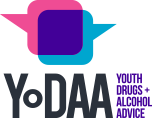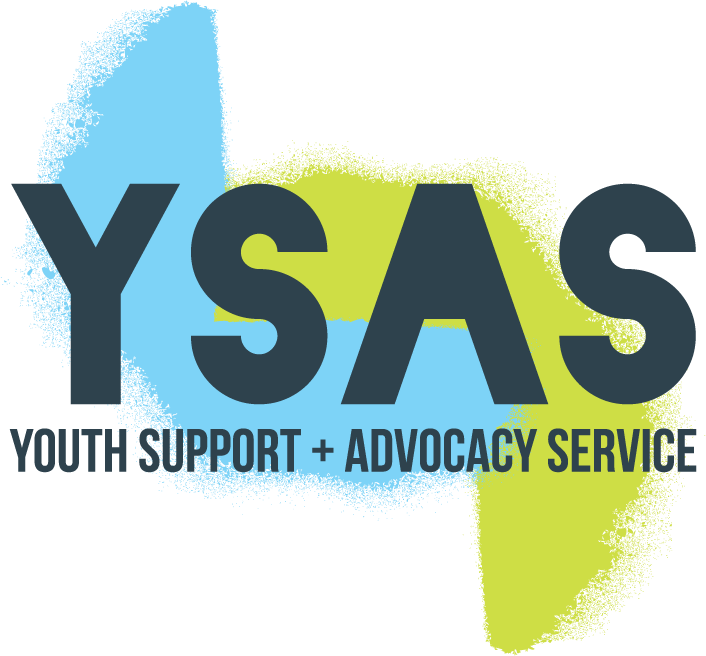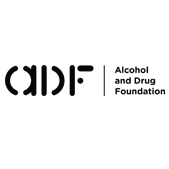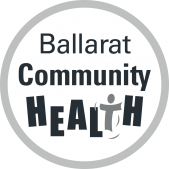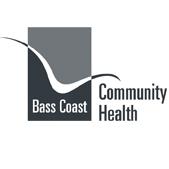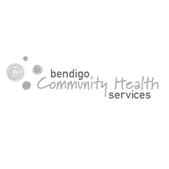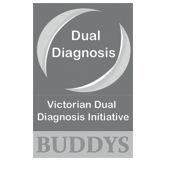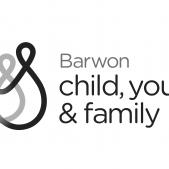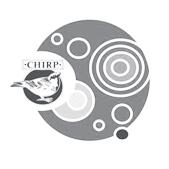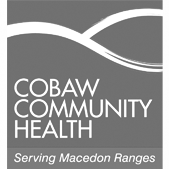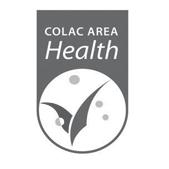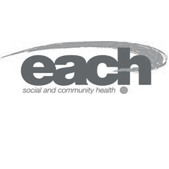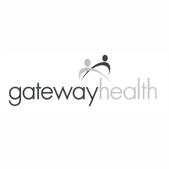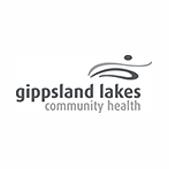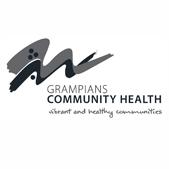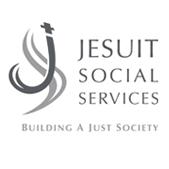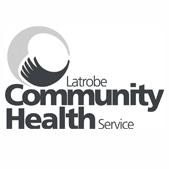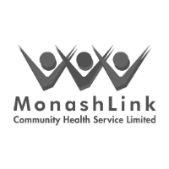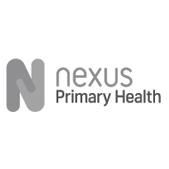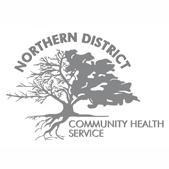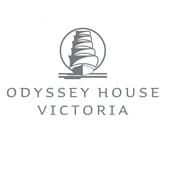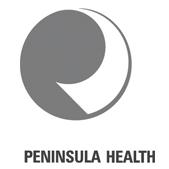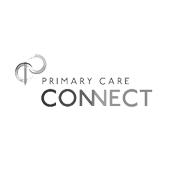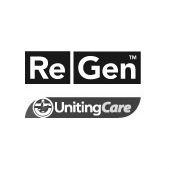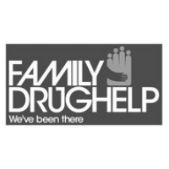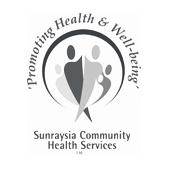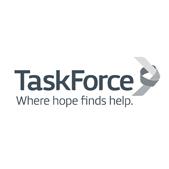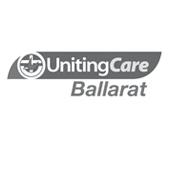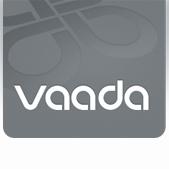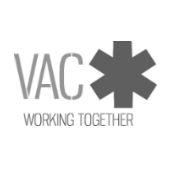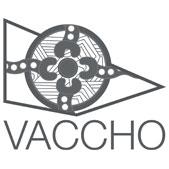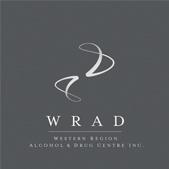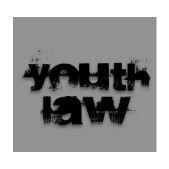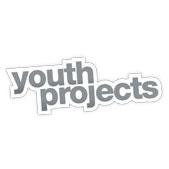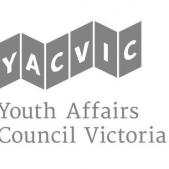Drug Facts
LSD (Acid)-Fast facts for schools
A young person who has used LSD will have a distorted sense of reality. LSD alters a person's perceptions. This includes visual and auditory hallucinations.
WHAT
LSD (lysergic acid diethylamide) is an illegal hallucinogen commonly referred to as ‘acid’.
OTHER NAMES
Acid, window, trips, tripper, tab, stars, smilies, rainbows, paper mushrooms, micro-dot, Lucy, liquid acid, lightning flash, L, hawk, flash, drop, dots, cheer, blotter.
HOW COMMON IS USE?
In 2010, 8.8 per cent of Australians aged over 14 years had used hallucinogens other than cannabis and ecstasy (National Drug Strategy Household Survey, 2010). YoDAA rarely recieves enquiries from schools regarding LSD use by students.
HOW CAN I TELL IF SOMEONE IS USING OR DEALING AT MY SCHOOL?
LSD usually comes as tiny squares of blotting paper decorated with pictures, liquid in a vial, or a pellet.
HOW CAN I TELL IF A YOUNG PERSON IS USING?
A young person who has used LSD will have a distorted sense of reality. LSD alters a persons perceptions. This includes visual and auditory hallucinations. A Young people can have enjoyable experiences or alternatively “bad trips” or frightening experiences.
IMPLICATIONS FOR THE CLASSROOM OR CAMP
If a young person has used LSD it is unlikely they will go unnoticed in the classroom. The best immediate response to young person who has used LSD would be to take them to a quiet, comfortable area and have someone stay with them and reassure them. LSD is known to exacerbate mental health conditions.
Didn’t find what you are looking for? We’ve just given you the most relevant fast facts for school teachers'. For a more comprehensive guide we recommend the ADF’s info.
